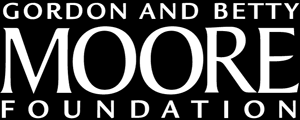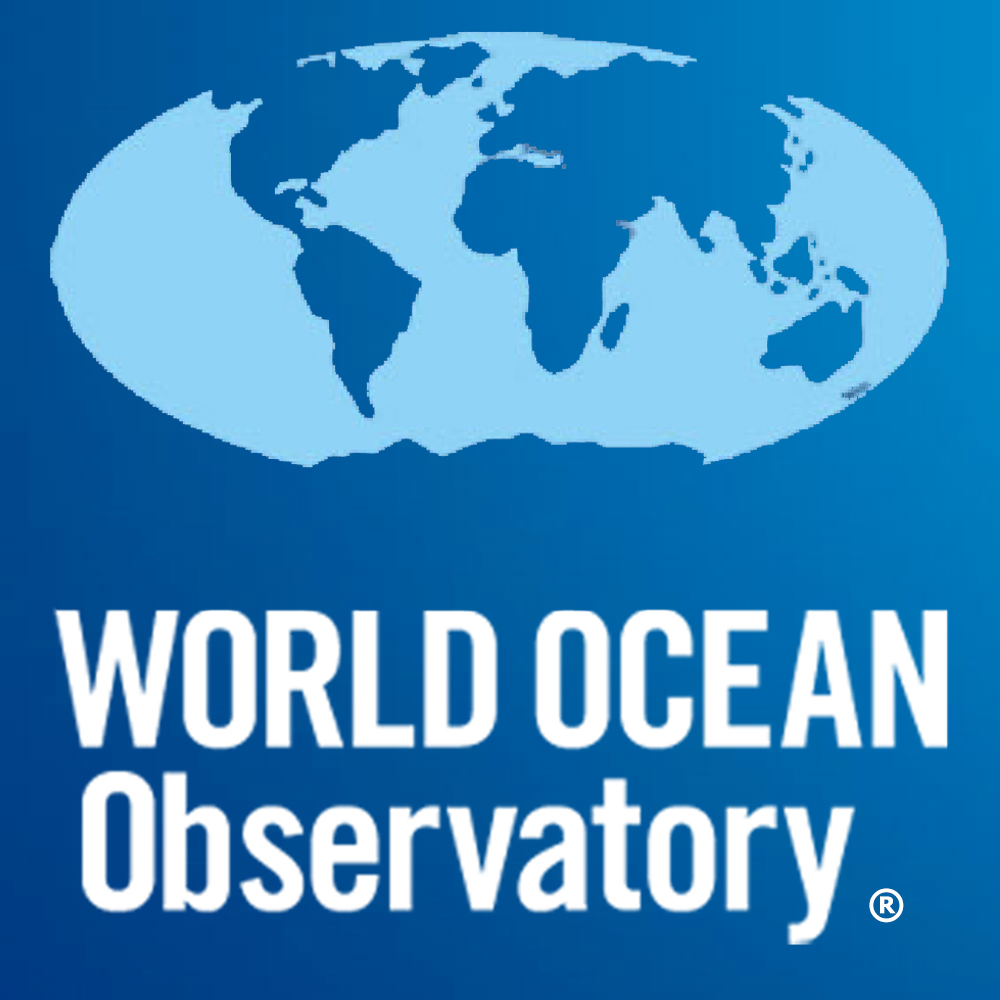About The Ocean Health Index
What is the Ocean Health Index?
The Ocean Health Index (OHI) is a tailorable marine assessment framework to comprehensively and quantitatively evaluate ocean health.
Determining how healthy oceans are and managing for the future requires an assessment approach that evaluates current conditions comprehensively from social, economic, and environmental perspectives. The OHI defines a healthy ocean as one that sustainably delivers a range of benefits to people now and in the future.
The OHI measures progress towards a suite of key societal ‘goals’ representing the benefits and services people expect healthy oceans to provide. By analyzing these goals together and scoring them from 0-100, OHI assessments provide an integrated picture of the state of the ecosystem and can be communicated to a wide range of audiences.
Originally developed by an interdisciplinary team of scientists (Halpern et al., 2012, Nature), global assessments have been repeated every year since 2012 (Halpern et al., 2015, PLOS One; Halpern et al., 2017, PLOS One).
The OHI framework is standardized yet tailorable to different contexts and spatial scales. This is possible because the core framework of how goals are scored does not change while the goal models themselves are developed with local information and local decisions specific to the context.
Assessments using the OHI framework are facilitated by the OHI Toolbox that is used to calculate and visualize scores. The OHI Toolbox is a suite of collaborative, open-source tools and instruction that provides structure for data organization and storage, data processing and goal modeling. Like the framework, the Toolbox has two parts: the core engine behind calculating and visualizing scores, which is an R package called ohicore, and a tailored repository to organize, store, and share information and write goal model equations specific to the local context.
The Toolbox enables assessments to be transparent, reproducible through access to detailed methods and computational code, and repeatable with the ability to modify methods and computational code. The results are visualized in a Flower Plot for easy communication with a wide audience - each petal represents one goal and its length is with the score of the goal. To learn more about our open data science workflow, please see ohi-science.org/betterscienceinlesstime.
See also:
Related news posts:
What is OHI+?
Independent assessments at any scale.
OHI+ assessments are independently-led assessments using the OHI framework that are conducted by any group external to the OHI team. Groups have full responsibility of all aspects of the assessments, including decisions, information collection, analysis, and reporting. The OHI team provides Toolbox software as well as technical support and general guidance.
OHI+ assessments are often conducted at smaller, subnational spatial scales. An advantage of working at this scale is the availability of higher quality information and a better knowledge of system processes, which allows models to better capture the philosophy of the goals in the local context. At the same time, targets (reference points) can be set with more refined knowledge of preferences or priorities of local people or governments at spatial scales where management decisions are made.
Resulting scores can be used to identify policy priorities, maximize cost-effectiveness, and explore management scenarios. It is also possible to use the OHI framework as a planning tool even before final assessment scores have been calculated. The process of planning an OHI+ assessment is useful because it provides a framework to evaluate and understand current policy and requires creating an inventory of information and knowledge that spans disciplines, space and time.
View the Four Phases of the OHI Assessment
See also:
Related news posts:
Who we are
Our current team is based at the National Center for Ecological Analysis and Synthesis (NCEAS) at the University of California at Santa Barbara (UCSB), and at Conservation International, but there have been many other important contributors throughout the years. We are excited to be a part of the open science community and helping make our oceans healthier.
- Ben Halpern, PhD
- Jamie Afflerbach, MSc
- Melanie Frazier, PhD
- Julie Stewart Lowndes, PhD
- Casey O’Hara, MSc
- Courtney Scarborough, MSc
Former contributors to ohi-science:
- Erich Pacheco
- Ning Jiang
- Erin O’Reilly
- Ben Best
- Eva Schemmel
Learn more about us at www.oceanhealthindex.org/about.
How we work — better science in less time
We are marine scientists who dramatically improved the way we work by embracing data science and open science.
In our publication in Nature Ecology & Evolution, we describe how we transitioned to coding collaboratively, sharing our work online, and communicating from our same workflow by building websites using free software tools. The intention is that by sharing our story we will encourage more environmental scientists to embrace open and collaborative practices, and we are committed to continued training through OHI.
Open data science tools are important for reproducibility and transparency, but also communication — we’ve used them to build a website for our paper: ohi-science.org/betterscienceinlesstime.
Related news posts:
- Better science faster — our Nature Ecology & Evolution pub
- The importance of open data science tools in science: a list of references
Thanks to our supporters and partners
We are grateful for the generous support from the Pacific Life Foundation and the Gordon and Betty Moore Foundation, as well as our sustaining partners for helping us build the Ocean Health Index from the beginning.
The Pacific Life Foundation has a strong tradition of creating positive societal change through its grant making program. Established in 1984 and headquartered in Newport Beach, CA, the Pacific Life Foundation is the charitable giving arm of Pacific Life Insurance Company and, during that time, has contributed over $84 million in donations to thousands of nonprofits.
The Gordon and Betty Moore Foundataion enables lasting, meaningful change through sustained, scientifically sound philanthropy, seeking to achieve through philanthropy what Gordon Moore accomplished for the world of computing: to create an ever more powerful engine of progress in society.
The World Ocean Observatory is a major utility for ocean communication as a means to advance public awareness and political will, dedicated to providing information and education about the health of the ocean. Online at worldoceanobservatory.org.



Photo credits
NOAA Photo Library, Image ID: reef0934, NOAA’s Coral Kingdom Collection, Photographer: David Burdick
NOAA Photo Library, Image ID: expn2406, Voyage To Inner Space - Exploring the Seas With NOAA Collect, Credit: NOAA OKEANOS EXPLORER Program, Gulf of Mexico 2014 Expedition
NOAA Photo Library, Image ID: sanc0612, NOAA’s Sanctuaries Collection, Location: Hawaii, Maui, Hawaiian Is. Humpback Whale NMS
